This week we conclude our travelogue series to walk you through the second of my Snow Monkeys & Hokkaido, Japan Winter Wildlife tours for 2017, with a number of Sea Eagle photographs.
We pick up the trail at dawn on day ten, when we were out on a boat to photograph the Steller’s Sea Eagles and White-Tailed Eagles at sunrise and for a while after that. The sea ice drifts down from Russia and we hope that it drifts far enough to make it’s way around the tip of the Shiretoko Peninsula and down into the Nemuro Strait, close to the fishing town of Rausu.
Last year the ice didn’t make it down, and this year there wasn’t a lot of ice, and what there was, was quite far away, but we made the most of it while it was there for this second tour. In this first photo from dawn on day ten (below) we see a Steller’s Sea Eagle flying close to the sun’s disk as it rose over the Kunashiri Island.
I sometimes go to Aperture Priority mode when shooting into the sun like this, because it’s easier to work that way when some of the images will be facing away from the sun, and that’s how I started out on this shoot, but I am really not comfortable working in an automatic exposure mode, so by the time I shot this I had already switched back to Manual, and was just exposing so that the disk of the sun and the sky around it just starting to blow out, just a little. I then just brought those areas back under control in Capture One Pro afterwards.
Another thing I do is use the digital level in the viewfinder of the Canon EOS 5Ds R camera, so that I can try to keep the horizon straight. With fast paced wildlife work I don’t always get it straight, but this shot did not require any rotation. It actually looks like it’s tilted to the left slightly, but that’s an optical illusion, probably caused by the slant of the island above the horizon. My settings for this image were f/8 for a 1/640 of a second exposure, at ISO 2500.
A few minutes later as the sun rose further, I shot this next image, of a sea eagle whisking away a fish that another eagle had tried to take (below). These guys often seem so comical with their big yellow beaks, especially when they aren’t happy about something. They’re almost like cartoon characters to watch.
I had adjusted my exposure slightly as the sun came up, now at f/11 to get more depth of field, especially with the multiple birds in the frame, and with my shutter speed still set to 1/640 of a second, I was now at ISO 2000. Again, I’d allowed the sky to blow out a little here, to get some detail in the birds, and reduced the sky in post.
Once the sun had come up we just sailed around stopping in a number of places to photograph the eagles on the ice. I generally try to get us lined up with something of interest, and for the next three shots, I was watching the eagles on the ice formation that we see in this photo (right).
Shortly before I shot this image, I had noticed a White-Tailed Eagle sitting on top of this triangle of ice, and lowered my camera to tell the participant of my tour that was standing next to me, so that we could get a photo of it taking off, but then before I raised my camera again, it did take off, and the participant got the shot, and I didn’t. That’s fine of course, I’m there to enable my participants, but I was still kicking myself for a moment.
Luckily, eagles like to sit on top of these pillars of ice, and pretty soon a second eagle rested up there, so I trained my camera on it, and waited. The eagles are also not shy when it comes to getting themselves in a prime position, so as I watched, the second eagle in this shot came crashing down onto this perch, and the eagle that was already there had to move down to the lower perch. They seem to have their pecking order all worked out. The one that is going to take the place knows that the other will just move, and they generally seem to do so quite peacefully. My settings for this image were f/10 for a 1/1600 of a second shutter speed at ISO 1600, with a focal length of 400mm.
I still didn’t have a shot of the eagle taking off from the ice, but I couldn’t resist shooting this somewhat comical image of four White-Tailed Eagles sitting on this ice formation (below). We spend between 90 minutes and two hours with the eagles each time we go out on the boat, and if the weather permits us to go out for all three days, we generally start to get time to just relax and enjoy moments like this.
Of course, when there is no ice, and we just throw fish straight into the water, the action is more full on. It’s a much faster paced shoot, and I do enjoy that type of photography, but when the ice is here, it does make for something a little bit different from your regular sea eagle shots, especially as this is becoming a somewhat uncommon experience these days. My settings for this image were f/10 for a 1/1600 of a second exposure at ISO 1600. My focal length for this image was 271mm. For all of these eagle shots I was shooting with my Canon 100-400mm Mark II lens.
Not wanting to miss the eagle on the tallest pinnacle of ice taking off again though, I went back to portrait orientation and zoomed in a little to 349mm and waited. My patience and shoulder ache was rewarded, as you can see in this next image (right).
I was pleased to have not gone right in to 400mm for this shot, because I wanted to include the second eagle, being as he was so close. I’ve cropped this image down from the top, making it a 4:5 ratio, as the white sky wasn’t adding anything to the image.
I generally like to crop in the preset ratios, rather than just arbitrarily cropping, as it makes life easier later when printing. Canvas stretcher bars and frames are easier to match up if you use the regular print sizes.
For this image I had dropped my shutter speed down to 1/125o of a second, at f/11, ISO 1600. This was the last shot that I want to share from our second day out with the eagles.
The following morning we went back out again, but the weather wasn’t going to be so good, and we’d had two sunrise shoots on the first two days, so I decided to take the group out on the second boat for our third morning. As we sailed out in the light it was an almost eerie scene with hundreds of eagles sitting around on the ice waiting for the fish, as you can see in the background of this photo (below).
I actually shot some video with my iPhone of the wider, more eerie scene, but here i was trying to include some action with the three eagles in flight. You can see just how many eagles there are though, and this is only what just happened to be in the background of a shot at 214mm. To the naked eye it’s really quite a scene. I shot this at f/10 for a 1/1600 of a second exposure at ISO 2000.
The other thing that I like to do when we have the ice, is to just try to capture moments where there is a little bit of movement to freeze, like the snow kicked up by this eagle as he lands on the snow covered ice (below). I have actually trimmed this down a little from the top left corner to remove an eagle that was sticking into the frame, but I still have an image larger than I could get with the 1DX Mark II or 7D Mark II, so I continued this year to have no regrets about my decision to sell my original 1DX or the 7D Mark II.
I have to admit feeling a slight pang of envy as some of the participants had brought 1D X Mark II cameras with them. I do like the 1 series bodies from Canon
, and would be all over what would be something like a 1Ds Mark IV if it had a 50 megapixel or higher sensor in it, but I’m making it work with the not so weather proof 5 series bodies, and I absolutely love the detail in the images that I’m getting, and the ability to crop like this a little when necessary. The settings for this photo were the same as the previous image.
The final eagle shot that I wanted to share for this season is of a White-Tailed Eagle in flight, as he decided to look over towards the boat for some reason (below). He’s not looking directly at me, but it’s close enough to feel the eye contact.
The light had increased just slightly on this overcast morning, so I was now at f/11 for a 1/1600 of a second shutter speed and my ISO set to 1600, and my focal length was 400mm. I was also exposing for the sky in this image which was relatively bright compared to the dark bird. I then brightened up the bird by increasing the shadows slider in Capture One Pro, and that’s the same slider in Lightroom of course.
After the eagle shoot, we started our drive around the base of the Shiretoko Peninsula to go around from Rausu to the Utoro side, and on the way, we stopped for our usual ICM or Intentional Camera Movement shoot with the birch trees. For many years I’ve shot the lighter color background version, and we started with that on this tour too, but then I went across the road to a patch of trees with a dark background, for this kind of image (below).
I prefer this patch now, probably just because I’ve gotten a little bit bored of the original photo, but I do like the eerie, almost haunted feel of this dark background. I find myself thinking in sets of images a lot as well these days, so I can also see a pair of prints, with the light and dark version next to each other, almost like a Yin and Yang sort of thing.
One other thing that I thought of as I was there shooting this ICM shot on the last tour was to make a straight photograph, without the camera movement, so that you could see exactly what it is that is making the streaks of color and contrast in the ICM shot, so here that is (below).
It’s nothing to look at as a photo of course, but hopefully this will help you to visualize what we’re doing here. I basically set the camera to a slowish shutter speed of 1/25 of a second at around f/16 or smaller if necessary to get the slow shutter speed, and I also of course set the ISO to 100 for the same reason. I then frame up my patch of trees and focus on them, then raise the camera upwards, steady my posture, then lower the camera quickly, releasing the shutter just as I know the bottom of the trees is a little way into the frame. If you time it right, the white snow starts to blur up into the base of the trees for this beautiful surreal effect.
We went to the Oshin Koshin falls as well, and then up into the Shiretoko National Park for a beautiful walk and to try to find some woodpeckers. We would usually have better look with the woodpeckers earlier in the day, and generally we go back into the park for a few hours on the last morning, but a nasty weather front was closing in, and was threatening to disrupt our return flight, so I made the decision to change our return flight to a different airport, so that I could get the group back to Tokyo on time on our last day. This meant that we had to forfeit our final shoot in the park, and head over to the airport after breakfast on the final day.
So, that brings us to the end of the photographs, but as usual, I recorded a message from each participant as we left Utoro to head for the airport. Here’s what they had to say…
[Please listen to the audio with the player above to hear what the group members had to say about the tour.]
Snow Monkeys & Hokkaido Tours 2019
Because our 2018 tours have now filled, we’ve started to take bookings for 2019, so if you are interested, please check the details and book at https://mbp.ac/ww2019. If you’d like to be added to the wait list for 2018, please drop us a line. But be aware that the 2018 tours do now have a relatively long cancel list, so booking on the 2019 tours is a probably better at this point.
Show Notes
Check out details of the 2019 tours here: https://mbp.ac/ww2019
Contact us to be added to the 2018 wait list: https://mbp.ac/contact
Subscribe in iTunes for Enhanced Podcasts delivered automatically to your computer.
Download this Podcast in MP3 format (Audio Only).
Download this Podcast in Enhanced Podcast M4A format. This requires Apple iTunes or Quicktime to view/listen.

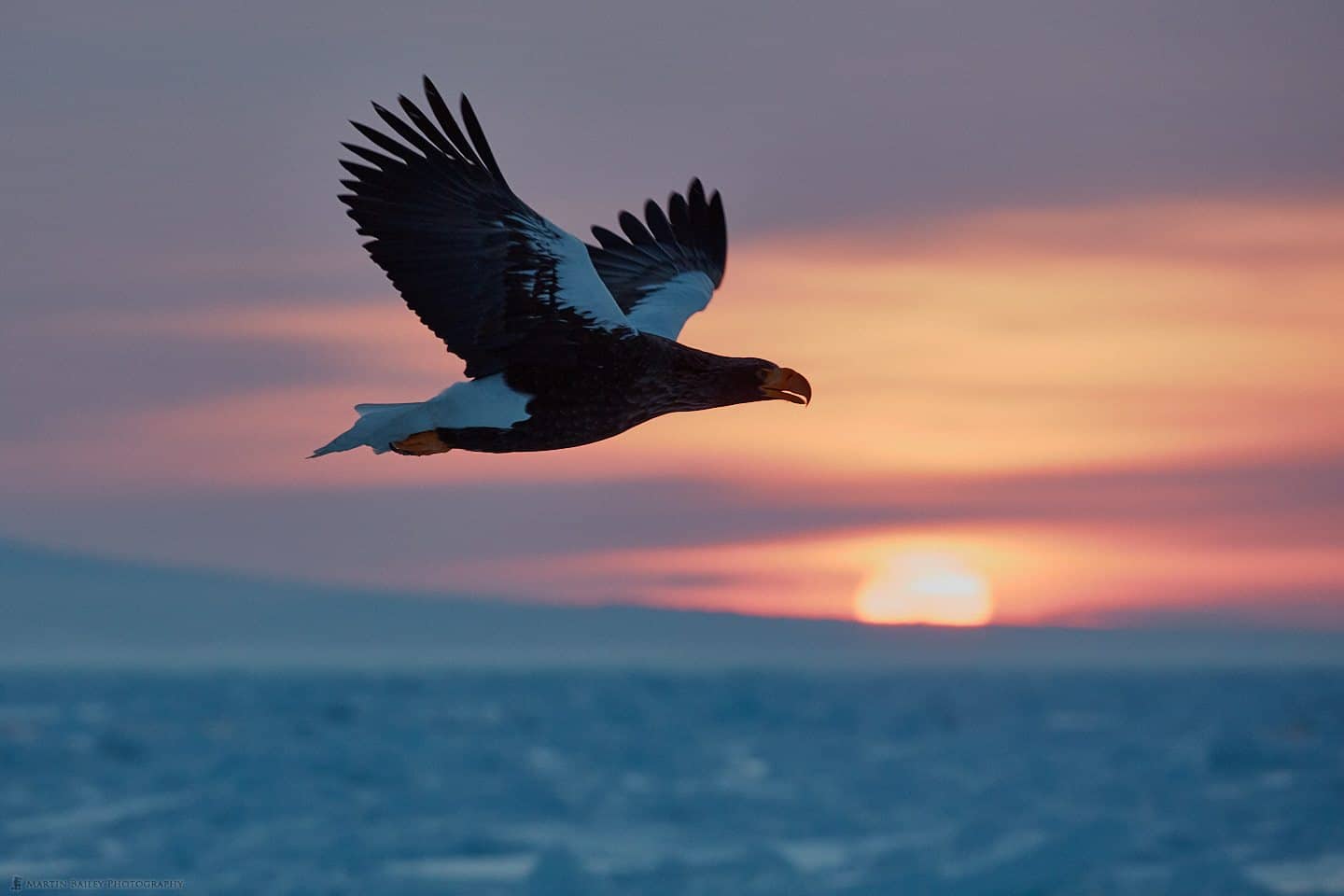
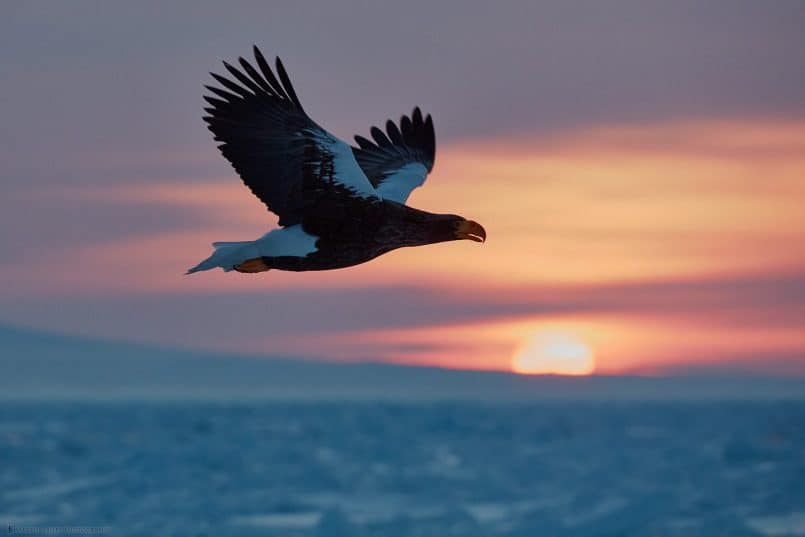
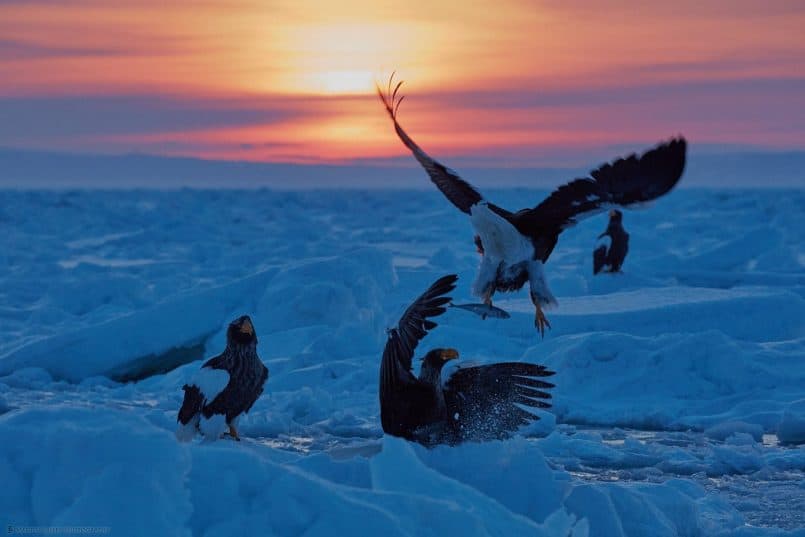
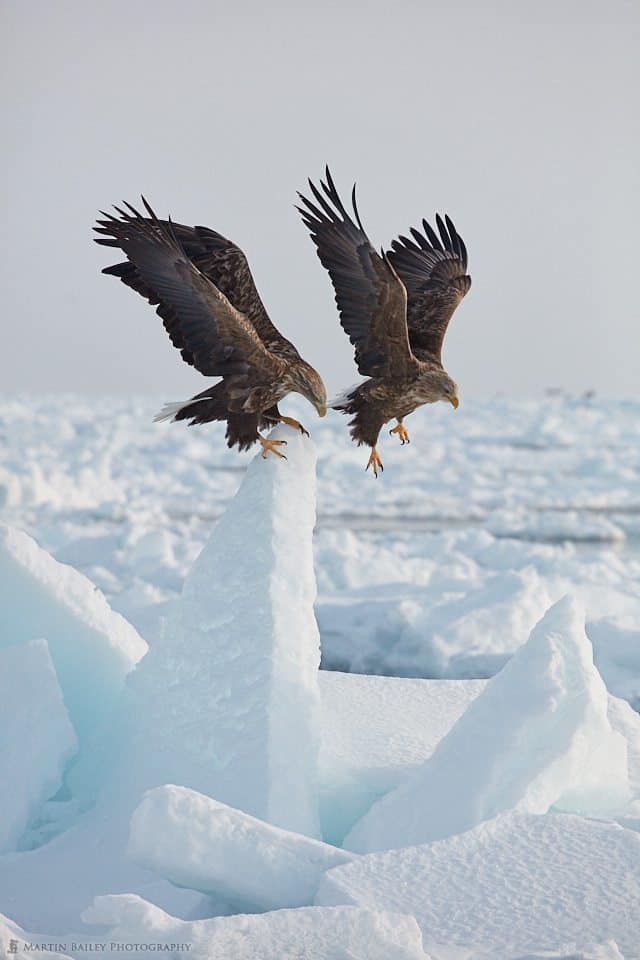
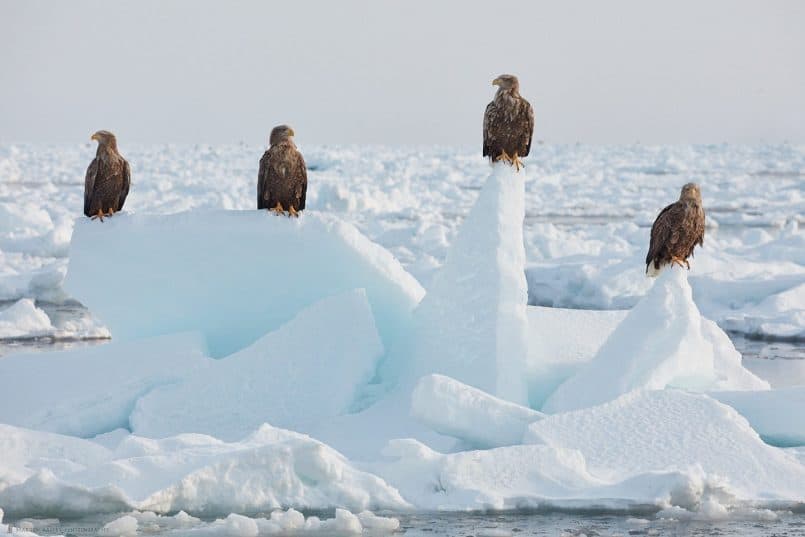
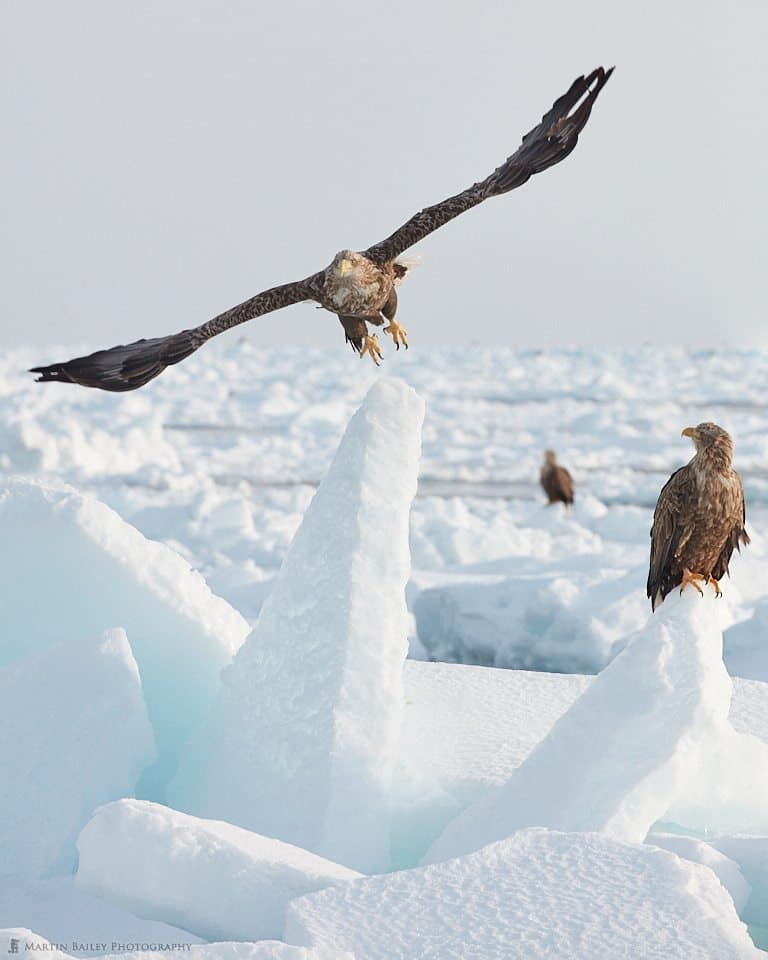
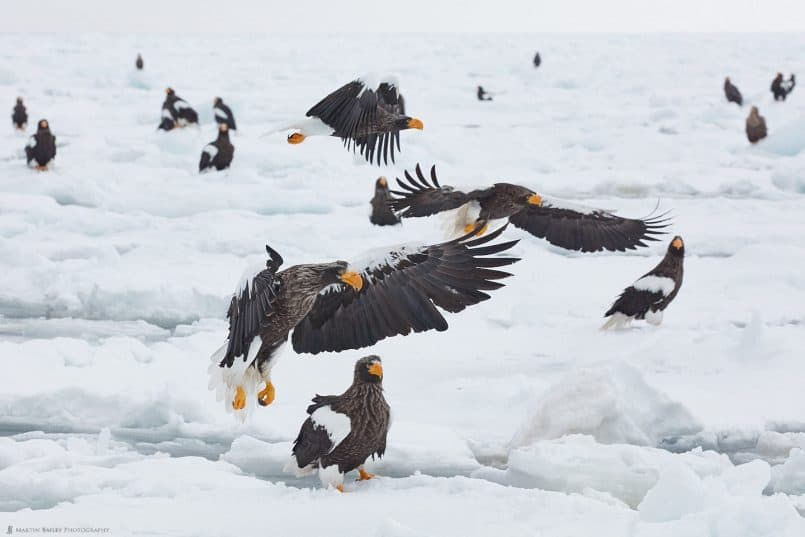

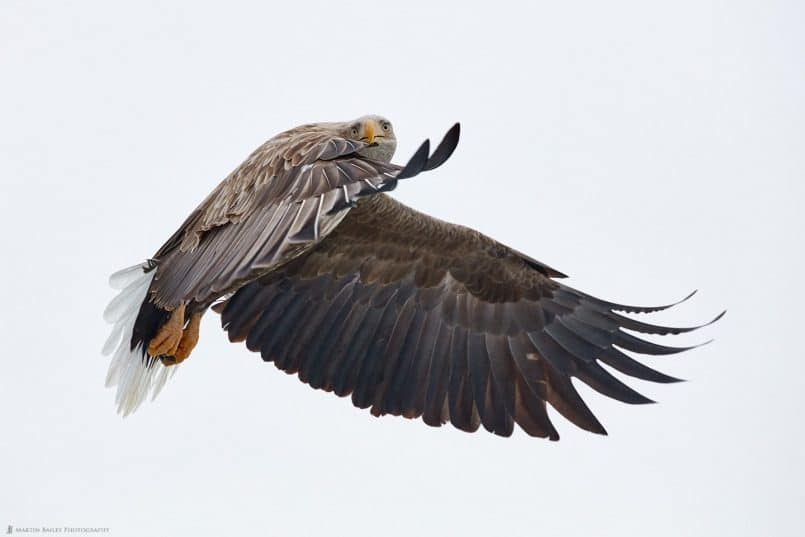
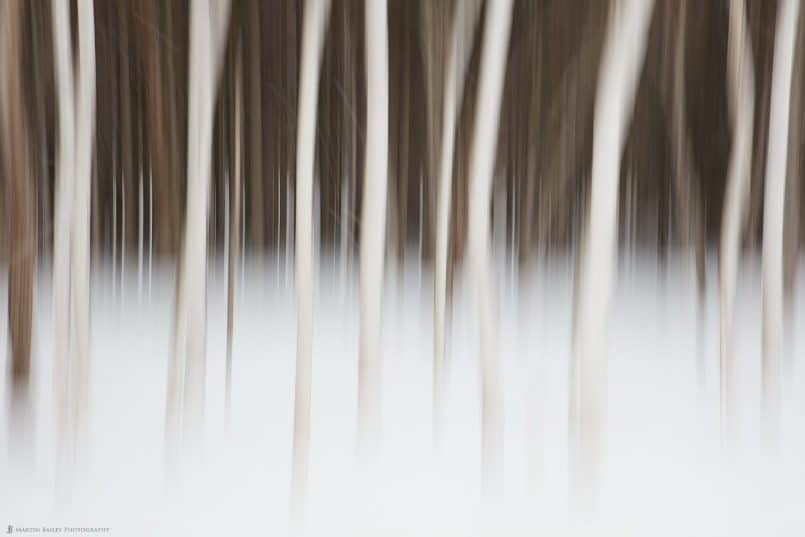
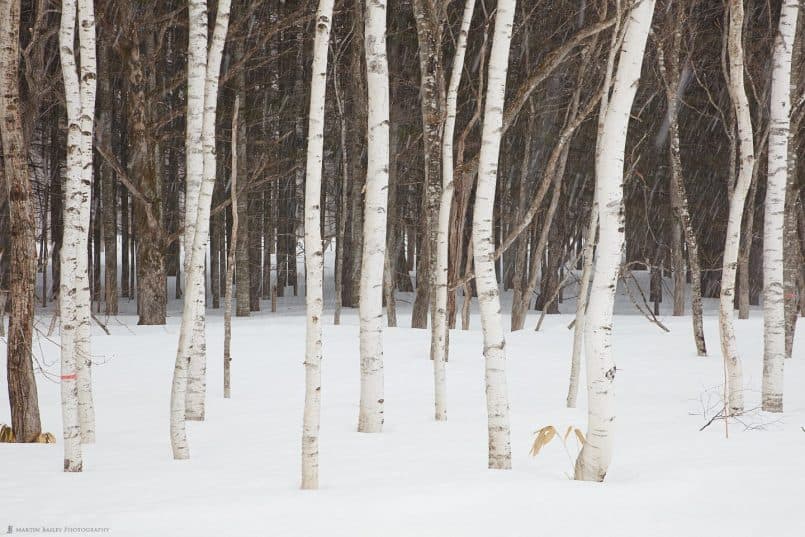
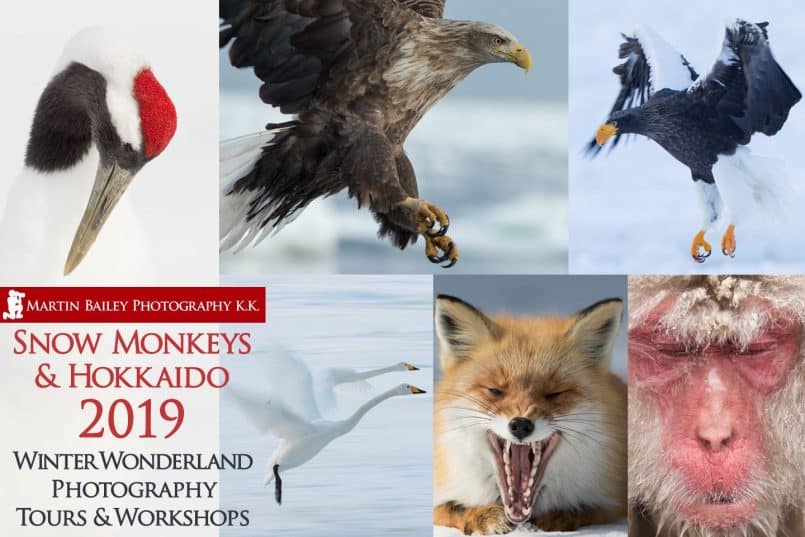

Love your podcasts, they encouraged me to go to Hokkaido this year with Aspect 2i. I think I saw you at the Oshin Koshin falls on March 2nd. We were the group hogging the best places when you arrived, sorry.
I’m pleased you enjoy the podcast Fred.
Yes, that was us at Oshin Koshin. Don’t worry. I’ll return the favor next time we meet in the field. 🙂